Huosiland: A Small Country in Carolingian Europe
Discussed here is the landscape of western Bavaria in the early-medieval period, between about 750 and 850. The title of the study derives from several indications that a noble genealogia, the Huosi, were particularly influential there during the period. Huosiland may be the best documented European landscape of this time. This is due to the extraordinary cartulary or register of deeds prepared for the diocese of Freising by the monk, Cozroh, in the second quarter of the ninth century. The first part of the study (Contexts) describes Cozroh’s codex and Huosiland and then analyzes the main political, ecclesiastical, social and economic structures and features there, based upon the available historical and archaeological evidence. The second part (Connections) explores a selection of particular issues raised by specific documents or related groups of documents from Huosiland. The third part provides all of the voluminous and highly-informative documentary evidence for Huosiland, both from Cozroh’s codex and other sources, complete in full English translation. As a result, the reader is able to construct his or her own Contexts and Connections. A full annotated Bibliography of the relevant secondary literature is included as is a complete Gazetteer of the translated documents. The publication will provide a valuable resource both for advanced teaching and for scholarly research.
{{comment.content}}

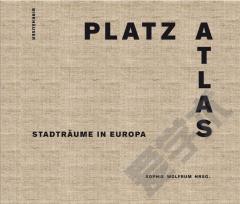
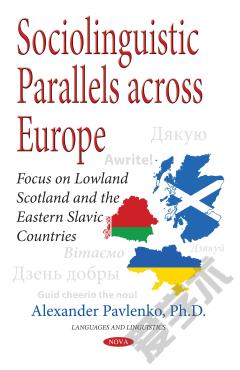
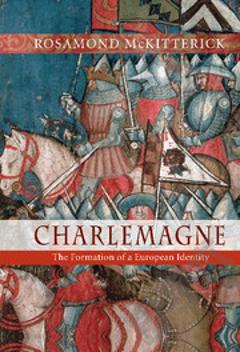
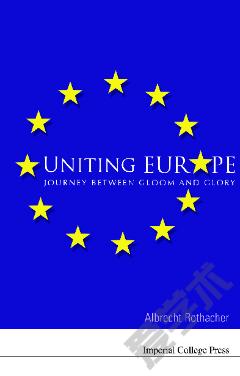
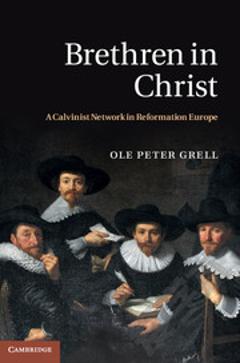
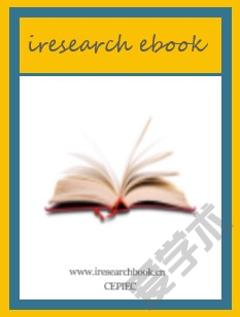

 京公网安备 11010802027623号
京公网安备 11010802027623号